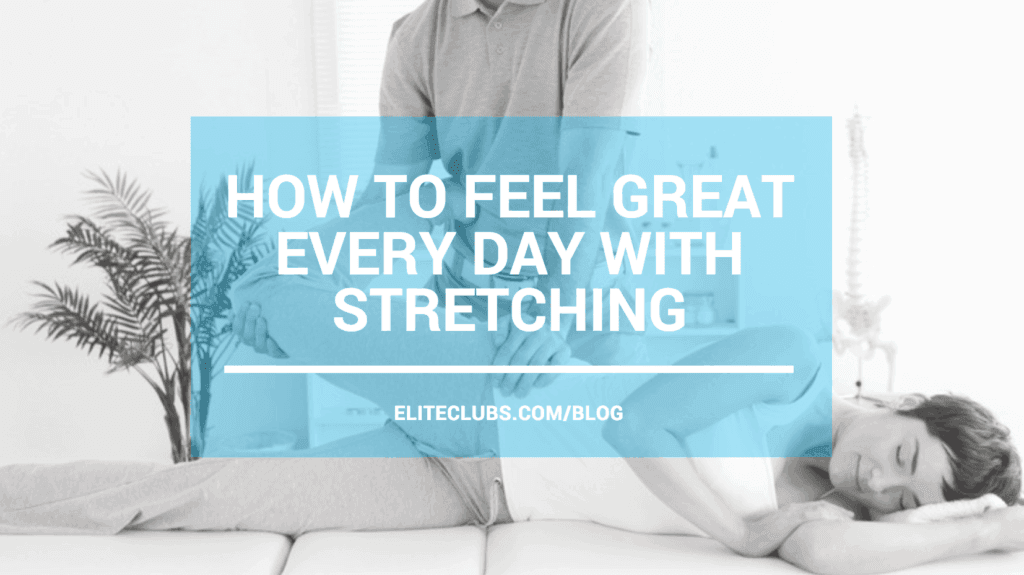
In the past few months, I’ve been working one on one with a physical therapy mentor who has been teaching me the ins and outs of manual stretch therapy. We all know we should be doing some stretching, but how much? Which stretches? What techniques work best? Let’s start by exploring the basic types of stretching, and how they work.
Active or Dynamic Stretching.
This is the type of stretching you do by yourself. You put your leg up on a bench, for example, and lean forward into the stretch for your hamstrings.
Active Isolated Stretch.
This technique works on range of motion, and smooth movement in and out of the stretch, with a shorter hold. It’s typically performed as an assisted stretch with a therapist.
PNF Stretching—Proprioceptive Neuromuscular Facilitation Stretching.
This is typically a series of movement patterns that work with the brain/body connection. It’s particularly useful for those who have neurological issues, like those with Multiple Sclerosis, or Parkinson’s.
Contract-Relax.
This technique fits under the PNF label, and works on “fooling” the muscles by contracting them first, and then moving into the stretch. It’s typically performed with assistance.
Static Stretching.
It can be done alone or with a partner or therapist, and consists of moving into a stretch and holding.
Ballistic Stretching.
This is really rarely used in the traditional sense because it can cause injuries as you bounce into the stretch.
There are certainly other techniques that fit right into the general categories, but this gives you a general overview.
Is stretching worth the time and effort?
Many people find yoga classes help them to get their basic stretching in, and practice that as a part of their regular fitness regime. But I remember a time when I didn’t want to “waste” the time stretching, because the calorie burning section of the class was over, and yoga was too sedate to burn anything significant. At the time, I was trying to lose weight, and it just seemed like a huge waste of time. As I’ve gotten older, and have worked in the fitness industry, I’ve found that stretching alone or with some assistance can be invaluable in keeping my body in good working order.
And now, as a certified Manual Stretch Therapist, I offer a full body stretching protocol for people who just don’t want to bother to figure it out on their own, don’t have the inclination to do Yoga, or have need of stretching that they can’t do for themselves (ie. back injuries, or range of motion issues from old injuries).
Why Stretch?
- Increase the resting length of a shortened muscle.
- Keep a consistent healthy length of resting muscle.
- Alleviate muscle imbalances within the body.
Have you ever had a problem with an area you just couldn’t stretch properly? That’s one reason why a MST would be helpful. Feel free to contact me if you’d like to know more!

Written by Melissa Abramovich, ACE CPT, NASM CGT, AAHFRP Medical Exercise Specialist at Elite Sports Club-River Glen
Melissa Abramovich went into Personal Training and Group Exercise instruction after successfully losing 140 pounds through healthy diet and exercise. Her desire to help others drove her forward into a career helping others to make healthier choices. She is an ACE certified personal trainer and now also a Medical Exercise Specialist (AAHFRP), helping clients with a myriad of health issues at Elite Sports Clubs. She holds a Bachelor’s degree, and many group exercise related certifications as well.
Set up a Free Fitness Consultation